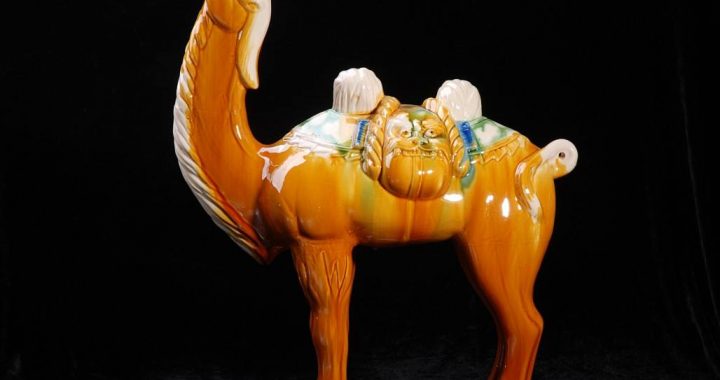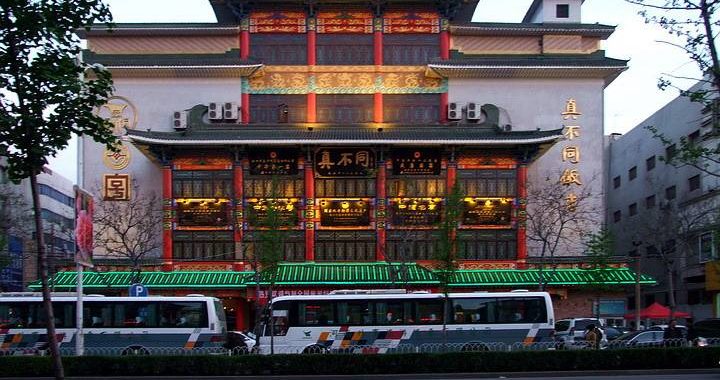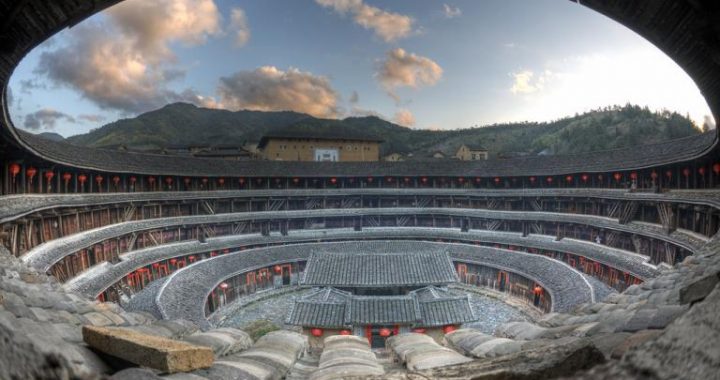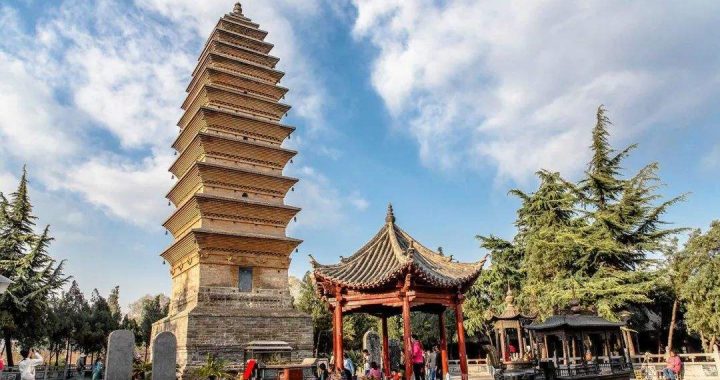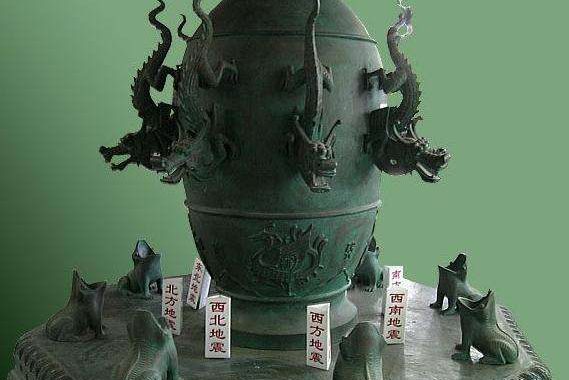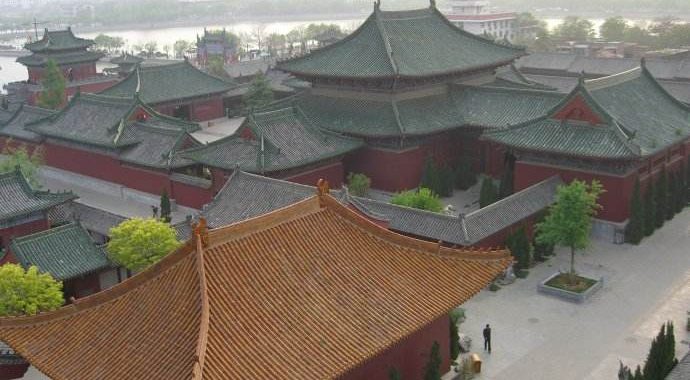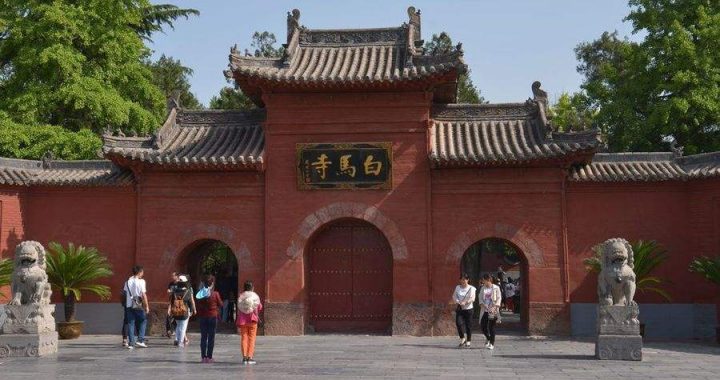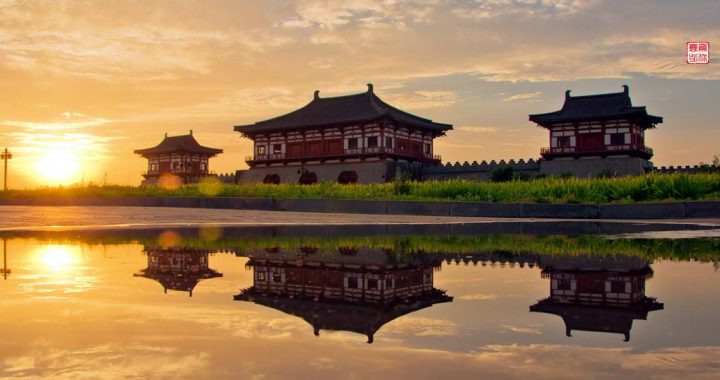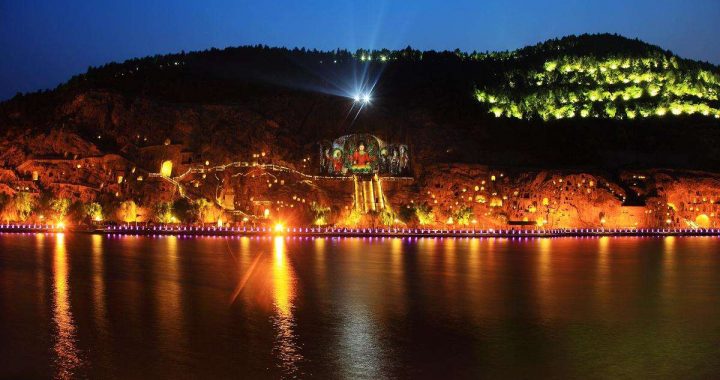The History of Luoyang
6 min readAcross the Luoyang Basin located between the Luohe River and the Mount Mang there lies a city which used to be the capital of nine dynasties-Eastern Zhou,Eastern Han,Wei(in the Three Kingdoms Period),Western Jin,Northern Wei(in the Southern and Northern Dynasties Period),Sui during the reign of Emperor Yang,Tang during the reign of Emperor Wu Zetian,Later Liang(907-923)as well as Later Tang(923-936).The city is Luoyang.
In the 2lst century BC,Yu founded the Xia dynasty in the area where the Yellow River meets with the Luohe River.In the Xia dynasty,several kings including Taikang,Zhongkang and Jie set the capital in Zhenxun(inside present Luoyang).Inthe 16th century BC,Xia dynasty was defeated by Shang,and Tang,the King of Shang dynasty set the capital in Xihao(inside present Luoyang).
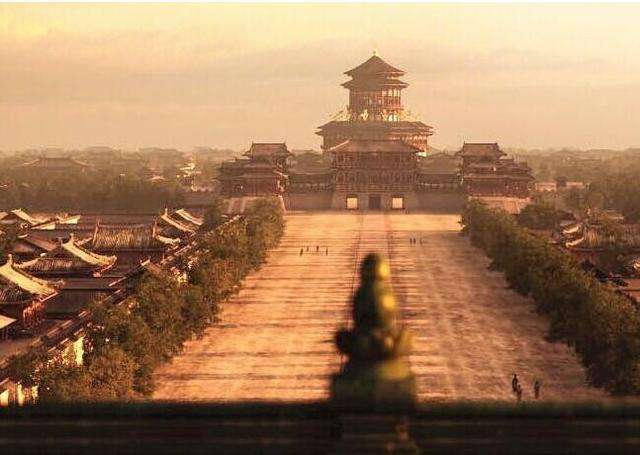
In the 1lth century BC,Zhou,a small state northwest of China,toppled the Shang dynasty and established the Zhou dynasty.In order to strengthen the control over those dukes in the east,the King of the Zhou dynasty ordered to build a secondary capital around Yiluo area on the south bank of the Yellow River.In 1038BC,King Cheng started a huge capital building project in Luoyi.He sent Duke Zhao and Duke Zhou successively to look into the landform there for city planning.After the construction was finished,King Cheng moved nine dings,a set of bronze objectsused as the symbol of the dynasty,to the new city,showing his accent on the city.
The capital was named Chengzhou(today’s Luoyang)and later known as Wangcheng whicl literally means”the city of the king”.According to historical records,Chengzhou was quite large,divided into the inner city and the outer city with Luohe River flowing by in the south.Though King Cheng spent much of his time in the new capital,Chengzhou was still no more than a secondary capital.In 770 BC King Ping officially moved the national capital to Chengzhou which remained so ever since for more than 500 years.
Relic of Ling Tai of the Eastern Han dynasty in Luoyang In the Eastern Han dynasty,Luoyang was made the capital after Liu Xiu,Emperor Guangwu,succeeded the throne.Inside the city,a number of palaces,terraces,Taoist temples and halls were built;outside the city,several imperial animal hunting enclosures were built.What’s more,Ming Tang,Pi Yong and Ling Tai were erected south of the city.Ming Tang was the Imperial Shrine.Pi Yong was a place for performing ritual music and preaching morals.Ling Tai was an observatory.
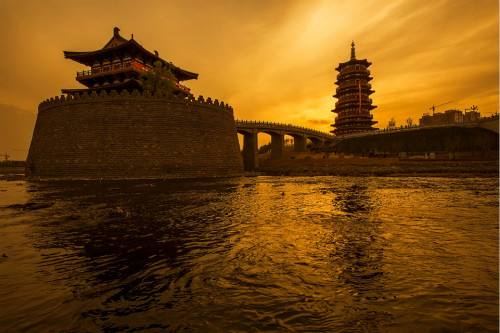
Today,the relic of Ling Tai still stands in Luoyang.It is the most ancient one among all the observatory relics.
In the heyday of the Eastern Han dynasty,commerce in Luoyang was so developed that a lot of residents gave up farming and took up business. In the market, numerous entertainment goods were sold. In the late years of Eastern Han, however, the city was seriously destroyed and didn’t recover until it was rebuilt in 220 by Cao Pi, Emperor Wen of the Wei dynasty who later declared Luoyang the capital.
In the Jin dynasty, Luoyang became prosperous again, as evidenced by the booming markets for gold, cow and sheep respectively. At that time, these three markets were opened and closed regularly each day. Unfortunately, prosperity didn’t last long.
After Xiongnu invaded into Luoyang and captured Emperor Huai in 331, palaces were burned, properties looted and the entire city reduced to debris and ashes.
When the Northen Wei dynasty first set up its regime, Pingcheng (today’s Datongin Shanxi province) was its capital. Later, however, as the political and economic centers gradually moved southward after Northern Wei unified north China, Luoyangwas finally announced the capital in 493. According to historical records, in this period, Luoyang had already been divided into districts with separated residential areas for the rich and the poor respectively and an exclusive business block. It was the starting point of the Silk Road and thus a metropolis for international commerce.
In the Sui dynasty, Emperor Yang renamed Luoyang as Dongjing (eastern capital) and soon made the decision to move the capital to Dongjing after he enthroned. In 605, ordered by Emperor Yang, two officials-Yang Su and Yuwen Kai-supervised the construction of a new capital west of the original city which had been seriously torn by years of wars.
Facing Mount Mang to its north and Mount Yique to its south, the new capital was built on a place difficult of access. There were ten city gates in total. Inside the city were the Imperial Palace and the Imperial City, both located at the northwest corner which was higher than other parts of the city. The main palaces of the Imperial Palace and the front gate of the Imperial City Duanmen were all in the same line with Mount Yique, thus forming a central axis which made the city look even grander. Huge as the project was, construction of Luoyang was finished in one year.
Given the technical conditions at that time, it wouldn’t be too much to call it a miracle.
When the capital was under construction, Emperor Yang ordered to start a large-scale canal-digging project. In 608, Yongji Canal was finished, connecting Luoyang with Zhuojun(the southwest of today’s Beijing). In 610, another canal measuring more than 400 kilometers long was finished, linking Jingkou (today’s Zhenjiang) and Yuhang(today’s Hangzhou). What’s more, several other canals were dug one after another and finally link two important rivers together-the Huaihe River and the Yangtze River. As a result, Luoyang became the national hub of water transportation.
Convenient transportation led to a even more prosperous economy.
Emperor Yang of the Sui dynasty
In the Tang dynasty,a new Imperial Palace-Shangyang Palace-was built in today’s Luoyang and the southwest part of the new palace was the most impressive. In 690, Emperor Wu Zetian, the sole woman emperor in the Chinese history, officially declared herself to be the emperor and changed the name of the dynasty into Zhou with Luoyang as its capital. During her reign, Luoyang, after a repair and rebuilding effort of the largest scale in history, entered a resplendent period never being surpassed later in history. The fame that Luoyang peony enjoys now maywe11 be attributed to Emperor Wu’s fondness of peony. After she passed away, throne was returned to the Li family. The capital of the dynasty moved back to Chang’ an and Luoyang was degraded to the secondary capital once again.
The large-scale construction of the city in both Sui and Tang indicated the importance of the city. Before Sui and Tang dynasties, Chang’ an had been the national economic, political and cultural center, but it was greatly ravaged by wars in and after Eastern Han. Inconvenient transportation also put Chang’ an at a disadvantage: grain and other goods from all over the country, the southeast in particular, had to be transported to the capital via the naturally dangerous sectio of the Yellow River. By contrast, located in the central part of China, Luoyang was easy of access and was a better place for an emperor to rule the whole country.
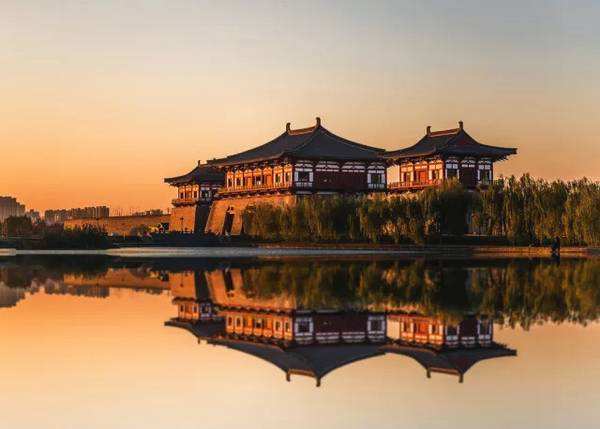
Thus, Luoyang replaced Chang’ an to become the national political and economic center.
Unfortunately, Luoyang was once again ruined by warfare in “An-Shi Rebellion” and remained murky in the period of Five Dynasties, putting an end to its history as a capital.
When the Song dynasty was established, Dongjing (modern Kaifeng, Henan province) was made the capital. In 1217, the Jin dynasty built Zhongjing (central capital) which is the origin of the current old city of Luoyang. In Yuan, Ming and Qing dynasties, Henan Fu was set in Luoyang. In the Ming dynasty, the original rammed-earth wall was replaced by a brick wall. In the early Qing dynasty, Luoyang was rebuilt.
